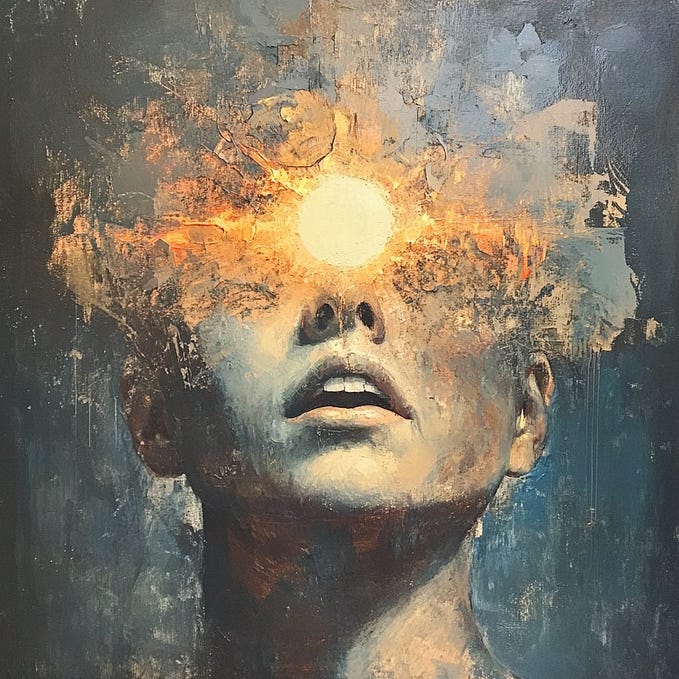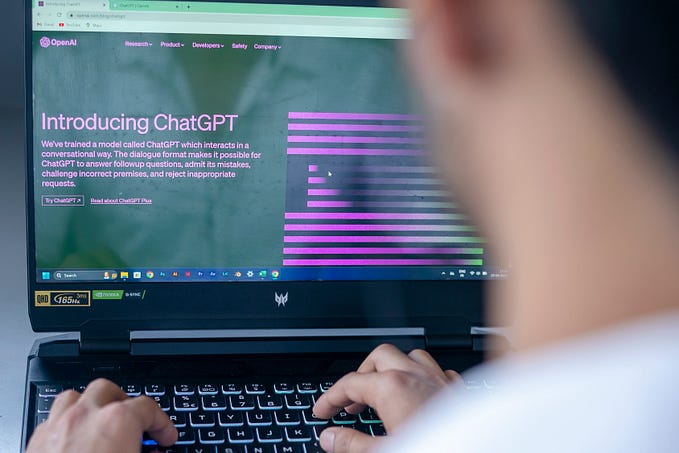Deep Inequality Is Lurking Behind the Creator Economy
Welcome to the internet
Have a look around
Anything that brain of yours can think of can be found
We’ve got mountains of content
Some better, some worse
If none of it’s of interest to you, you’d be the first
– Bo Burnham, Inside

The life of a creator is solitary, poor, nasty, brutish, and short. For every influencer in a perfectly shot video showcasing their glamorous lifestyle, stylish clothes, and undeniable happiness, there are thousands of hustlers in the content underclass spending countless hours editing transitions and fiddling with filters. Powered by the allure of fame and wealth, these laborers keep the content generating machine whirring endlessly. Just one more video. One more like. This is the post that will go viral.
There are more tools and platforms available to creators now than ever before. Patreon, Substack, TikTok, Onlyfans, YouTube, Instagram…the list goes on. There’s also a lot of money to be made. In 2021, the global influencer marketing industry was estimated to be over $100B and growing. Companies in the U.S. are spending $40–50B per year in social media advertising. This all bodes well for creators. More ad spend means more ways for influencers to monetize their audiences and make a living. And it’s all so easy! Just pick up your phone and start making money.
This Horatio Alger “rags to riches” story belies the fact that the creator economy is in fact deeply, problematically, unequal. Last year, the top 3 percent of creators made at least $42,000 per month. The bottom half of creators, meanwhile, took home less than $850 per month. It’s true that the overall size of the pie is growing. But those gains are disproportionately flowing toward a tiny group of “mega-influencers” at the top.
Creators wield a lot of power in the current digital media landscape. Without them the big platforms — and the massive quarterly earnings they generate — would not exist. If we want a truly diverse set of creators producing valuable content for everyone, we need to make income distribution more equitable and create more sustainable ways for smaller, more niche influencers to grow audiences and cultivate communities online.
Aspiring influencers have the deck stacked against them. Pick your platform, the story is the same. Over the last three years, YouTube paid out more than $30B to creators from ads and other revenue sharing features. Yet 97.5 percent of creators didn’t make enough money to reach the U.S. poverty line. On average, YouTubers make roughly $3 to $5 per 1,000 video views. But it takes hundreds of hours — or months of free labor from the platform’s perspective — before they could realistically see any monetary return. Most burn out before then. These hustlers not only compete against every other new entrant, but also the already established elite who, according to one study, make up 3 percent of YouTube streamers but attract 85 percent of the platform’s views.
On Twitch, the popular video game streaming platform, the disparity between the haves and have-nots is even more pronounced. Streamers earn money mainly through ad revenue and channel subscriptions. In 2021, they earned about $100 million per month, which sounds great until you dig a little bit deeper. According to a recent data leak, the top 1 percent of streamers took home over half of all money paid out by the platform that year. The top 1,000 accounts earned a quarter of all revenue. Meanwhile, only 5 percent of users made over $1,000 total.
The inequities are starker in the audio streaming industry. Podcasting has seen rapid growth over the last 5–10 years, yet it’s still wildly unequal for creators. In the U.S., there are between 2–3 million podcasts that have reached over 82 million listeners. Ad revenue is expected to top $4 billion by 2024. Yet the top 1 percent of all podcasts receive 99 percent of all downloads.
It’s also a jungle out there for singers and songwriters. On Spotify, researchers have estimated that musicians earn just 9 hundredths of a cent ($0.0009) per stream. You’d need 3.5 million streams per year just to reach the yearly income of a full-time minimum-wage worker in the U.S. There are tens of millions of artists on the platform and yet only 43,000 of those account for 90 percent of all streams. According to one study that looked at UK streaming data from 2014 to 2020, the top 0.1 percent of tracks received 40 percent of all streams. The top 10 percent received between 95 and 97 percent.
Disparities widen if you look at the creator economy through a racial lens. According to a recent report, Black creators make 35 percent less than white creators. Half of Black influencers reported that their race contributed to lower offer amounts from potential brand partnerships. This makes it even more difficult to earn a living in what’s an already precarious economy. Reform efforts like “F*** you pay me,” which has sought to make pay more transparent among creators, are a great start, but larger platform policy changes are needed in order to level the playing field.
On and on it goes. The creator economy, it turns out, follows a power law distribution. In statistics, a power law refers to a relationship between two variables in which one variable is proportional to the power of the other. For example, double the side of a square and its area quadruples. Make a finger gun with your left hand and point it at your screen. Now turn it to the right. That’s the shape of the graph.
Researchers have long utilized power laws to describe things such as the decay of radioactive isotopes or the frequency of protein interactions in cells. In social sciences, it’s more commonly referred to as the “80/20 rule.” For example, in business, companies often observe that 80 percent of their profits come from 20 percent of their customers. In the case of the creator economy, however, we might modify this slightly to the “95/5 rule,” which states that 95 percent of overall engagement (likes, views, streams, etc.) accrues to 5 percent of influencers. Below is an example from YouTube.
While useful for understanding the problem, what I don’t like about all this talk of “rules” and “natural laws” is that it makes it seem like the outcomes we observe are inevitable. But of course they aren’t. Things don’t have to be this way. So what can we do?
One solution focuses on broadening the creator economy’s middle class. Li Jin is the co-founder of Variant Fund and has written about the creator economy. She proposes ten strategies that platforms can adopt to start evening out the power law curve. One strategy involves offering niche creator-focused funds or social tokens, the equivalent of small business loans, to provide stability for up and coming creators. She’s also advocated for a Universal Creative Income (UCI). One of the smartest moves I think Substack has made is offering health care stipends to writers. Such policies would be transformative, especially given the fact that it takes on average six-and-a-half months for a creator to earn their first dollar.
These solutions rely on platforms choosing to change on their own, which, if history is any guide, can be pretty unreliable. Another approach is to force them to change through federal legislation. In their new book, Chokepoint Capitalism: How Big Tech and Big Content Captured Creative Labor Markets and How We’ll Win Them Back, authors Rebecca Giblin and Cory Doctorow lay out a plan for a wide range of legislative reforms to copyright law, interoperability, binding arbitration mandates, and anti-circumvention laws like DMCA 1201. It’s clear that the U.S. Congress has completely abdicated leadership on these issues. Fortunately, the European Union is doing something with the passage of the Digital Markets Act.
The creator economy isn’t going away. Incremental changes and band-aid solutions are important steps in the right direction. TikTok, for example, recently announced it is revising its creator fund and offering more opportunities for creators to earn money. While lacking in specific details, this at least indicates they are actively listening to creators and trying to address their pain points, something all platforms should be doing more of. Still, meaningful reforms from lawmakers and platforms that would significantly flatten the power law curve feel far off.
So where does that leave us? Social media has become embedded in our everyday lives for better or worse. Creators face a lot of headwinds in reaching a point where they can even just cover their bills. Their success is heavily tied to the unpredictable ebbs and flows of marketing budgets and brand relationships. The good times are great. The bad times can be catastrophic. Direct support from community members — whether via monthly subscription or regular donation — can help weather those storms. But absent real reform, the creator economy will remain a Hobbesian state of nature.








